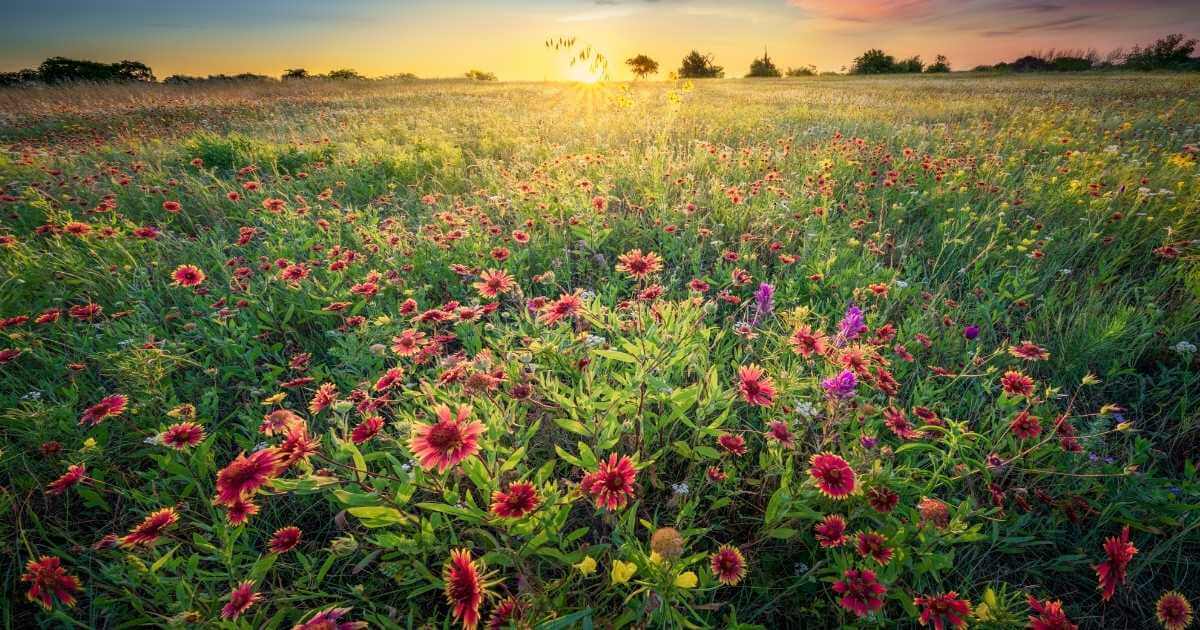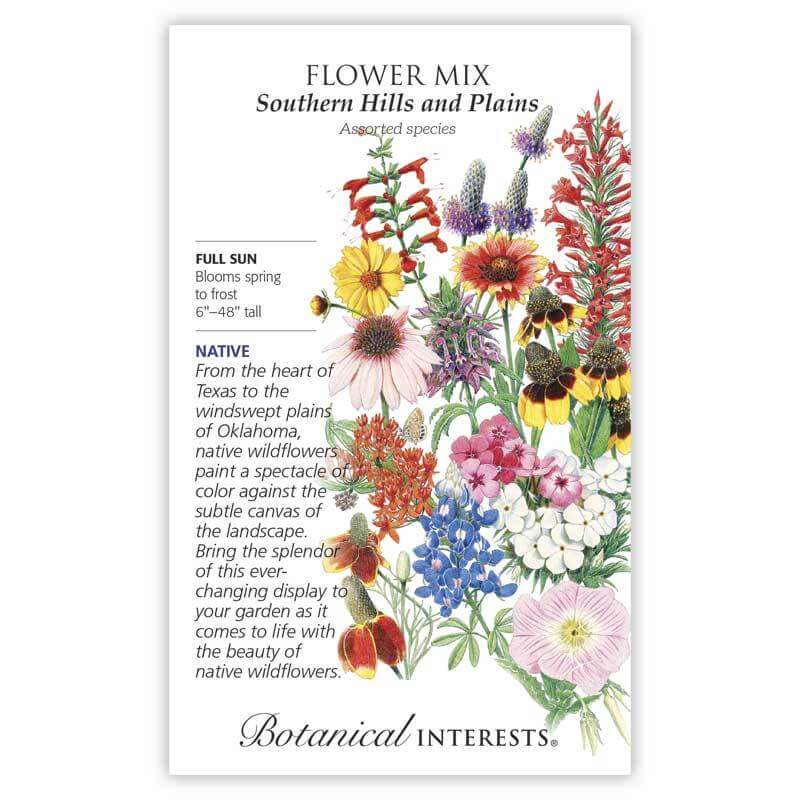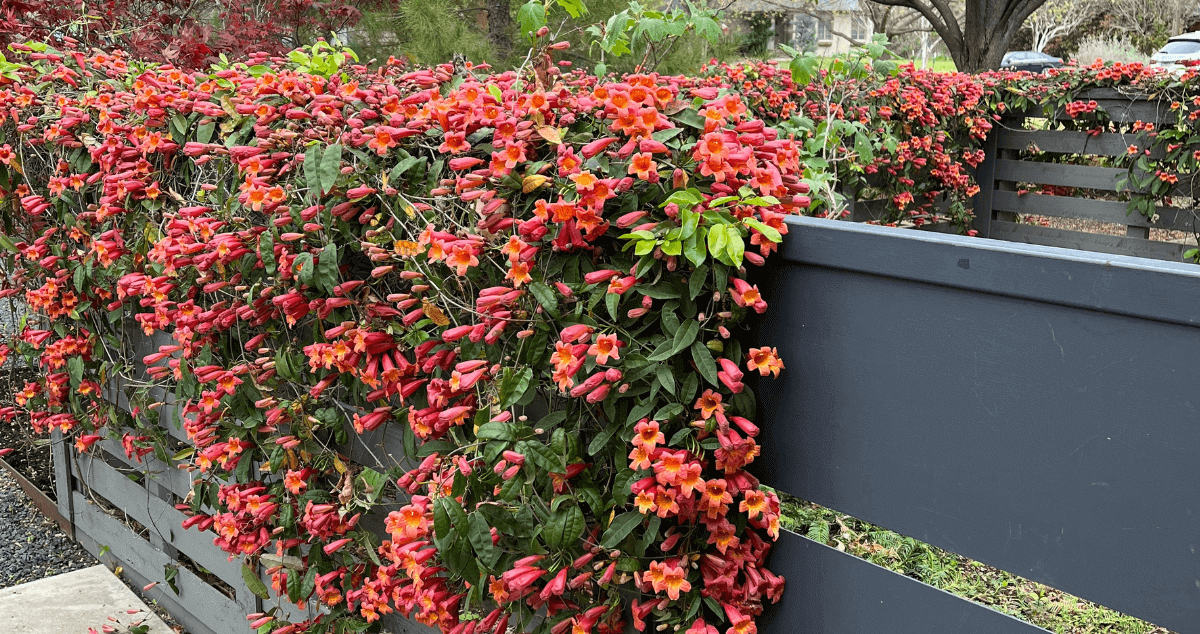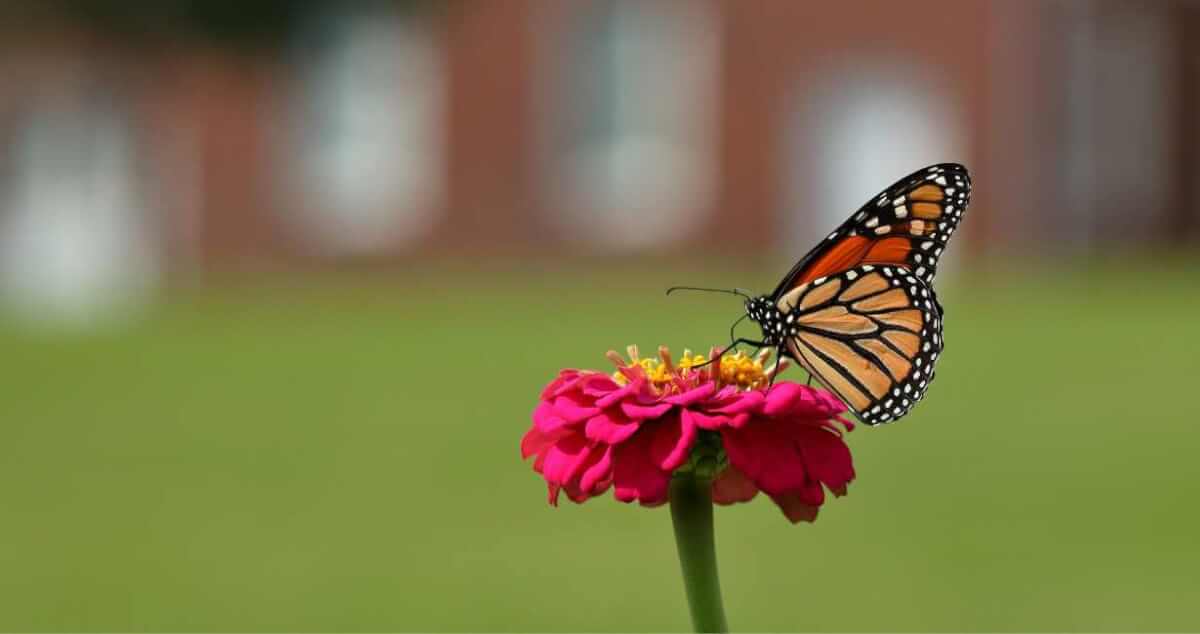
Many things give Texans a sense of state pride, and Texas wildflowers are chief among them. Just ask the thousands of families perched on hillsides in early spring to capture photographs among the breathtaking Texas bluebonnets. We love our wildflowers so much that Texas schoolchildren even spend several weeks studying Texas wildflowers alone. I know I certainly did!
Learn how to bring home the magic of Texas wildflowers and create a wildflower patch of your own with these helpful tips and recommendations.
Why Plant Wildflowers
According to the Ladybird Johnson Wildflower Center, of the 5,000 or so species of native plants in Texas, approximately 2,700 species can be considered wildflowers. Not only are wildflowers beautiful, but they play a critical part in thriving ecosystems.
Wildflowers are important because they:
- Require less inputs (water and
fertilizer ) - Are less prone to disease and are more tolerant to pests
- Provide critical habitat for pollinators, beneficial insects and wildlife
- Improve soil health, prevent erosion, and improve water quality
How and When to Plant Wildflowers
In North Texas, wildflowers should be started by seed in September so that they can establish themselves through the cooler months for spring and summer blooms.
Where to plant
The ideal site for wildflowers is an open meadow with 50-80% native grasses. In a backyard, the ideal site would be a side yard or an area that doesn’t have existing turf. (Grasses like Bermuda and St. Augustine will quickly choke out wildflowers.)
If you have an existing turf area that you’d like to convert, consider removing the turf completely and replacing with a native grass like Buffalo, sideoats grama, or Lindheimer’s muhly to create a wildflower habitat.
If you have an existing area with native grass, mow the area to 6-8 inches before spreading seed.
How to plant
Wildflower seeds can be scattered across the desired area. The easiest way to do this is to mix one-part seed with four-parts fine sand and scatter by hand.
Once seeds are scattered it’s very important to make sure that the seeds have good contact with the soil by raking them in, tamping them down, or walking across the area. Keep the area moist for several days after planting unless rainfall is expected.
Wildflower Care
Most wildflower seed mixes are a blend of annual and perennial plants. The annuals will germinate quickly and flower within the first year, but the perennials may take up to three years to flower.
If mowing of the area is necessary, wait until late fall after the late-blooming species finish flowering and set seed. It is critical that the annuals are allowed to successfully re-seed so that plants return the following year.
Never mow the area shorter than 6″. It is best to mow using a scythe, hand-trimmer, or
In the second year, another scattering of seeds may be necessary if particular wildflowers failed to return.
Popular Wildflowers for North Texas
- Bluebonnet
- Indian paintbrush
- Coneflower
- Indian blanket (or fire wheel)
- Black-eyed Susan
- Evening primrose
- Mexican hat
- Prairie verbena
- Engelman daisy
The ideal blend of seeds for a year-long wildflower show in your North Texas garden. Mix includes Texas Bluebonnet, Annual Phlox, Lance-leaved Coreopsis, Purple Coneflower, Indian Blanket, Scarlet Sage, Butterfly Flower, Purple Prairie Clover, Standing Cypress, Clasping Coneflower, Lemon Mint, Dwarf Red Coneflower, and Showy Evening Primrose.
- New to Gardening? Join Our Step-by-Step Beginner Gardening Class - April 24, 2025
- Why “Intensive” Gardening is Not Good - March 9, 2025
- How to Grow Bush Beans - March 1, 2025




